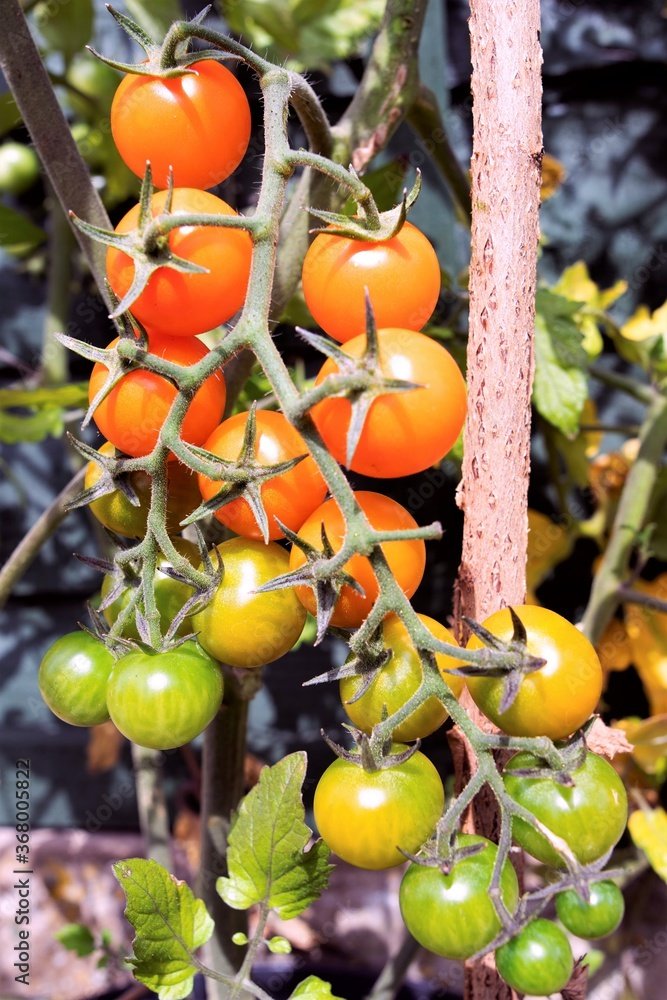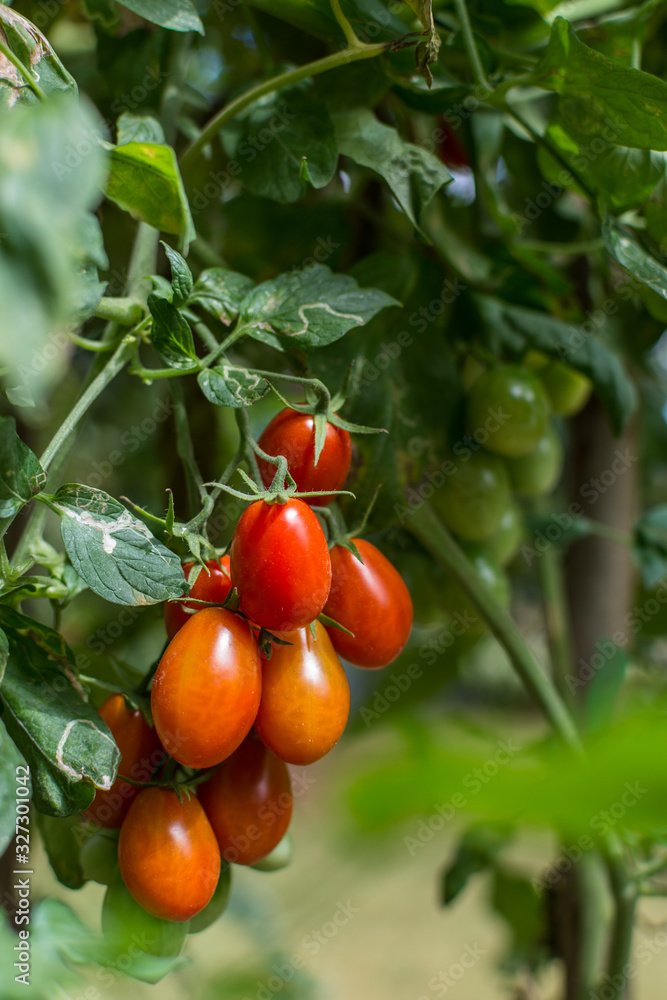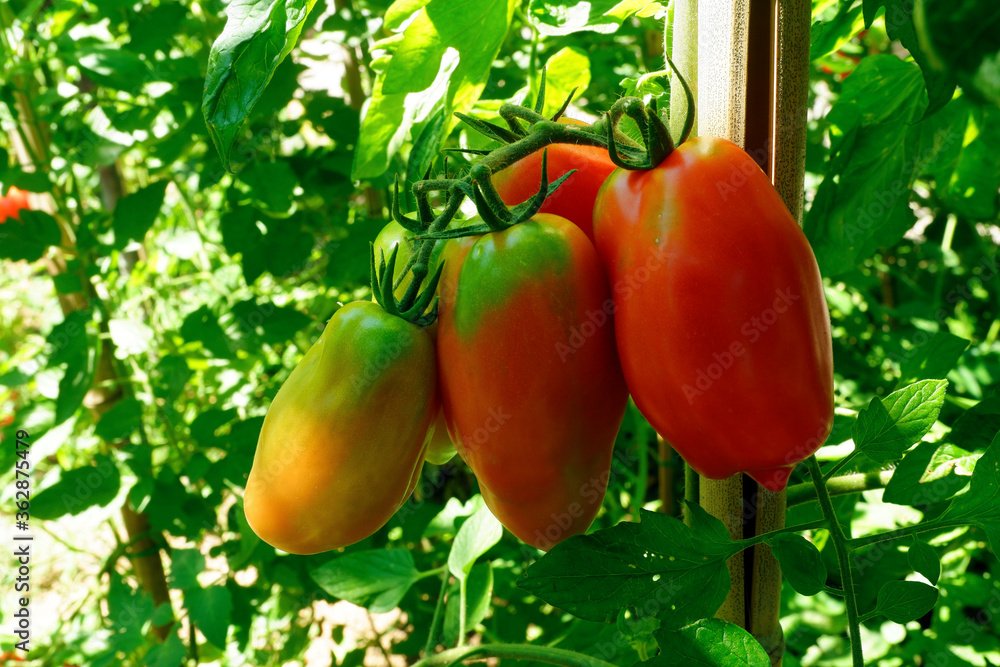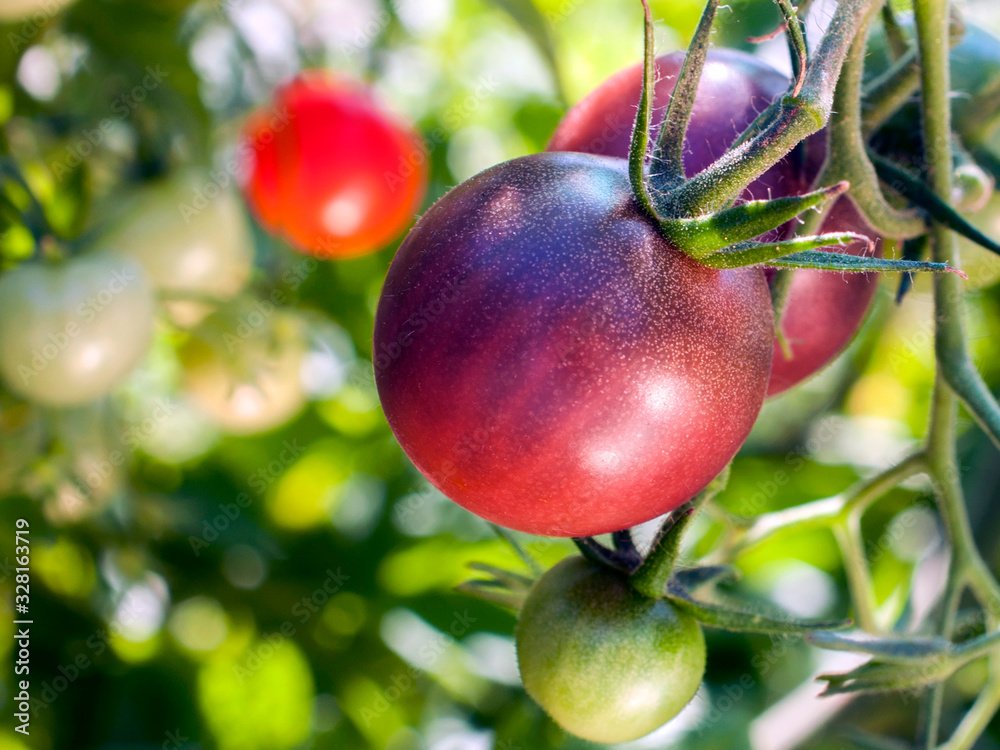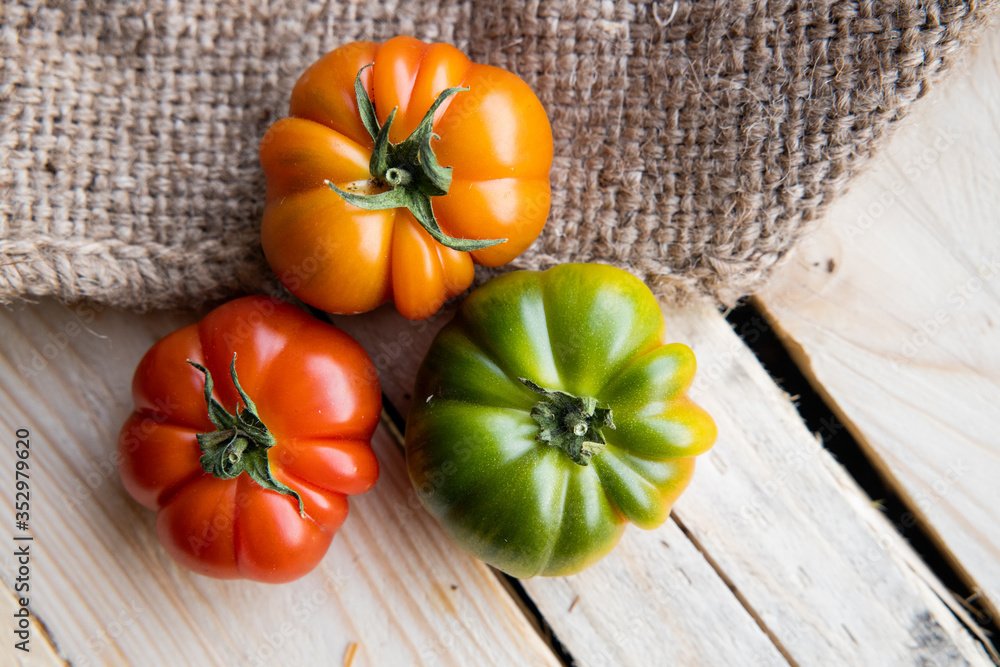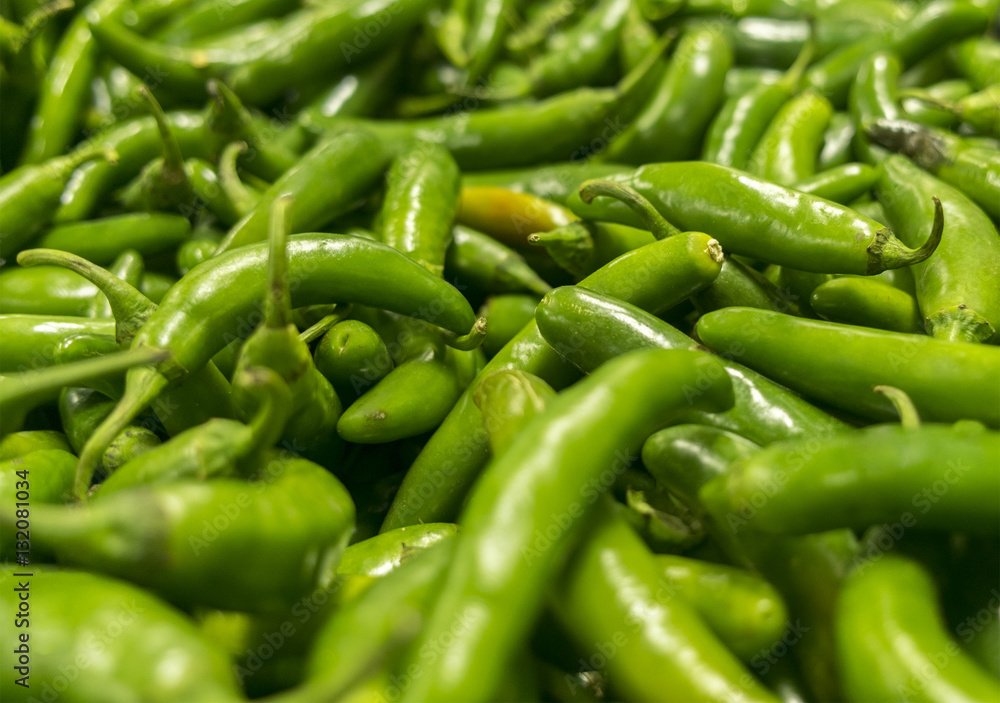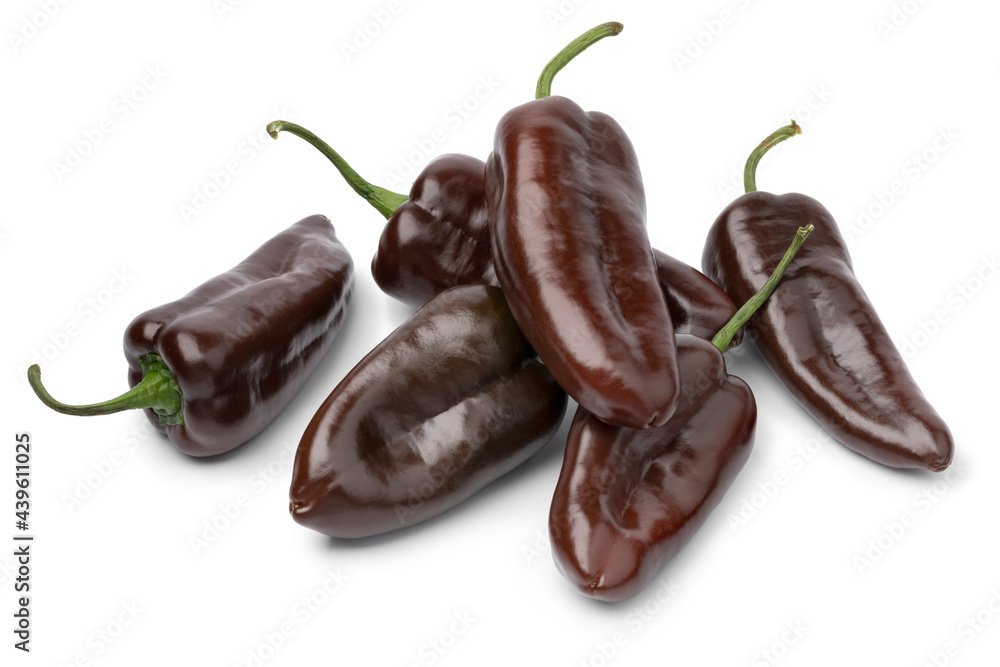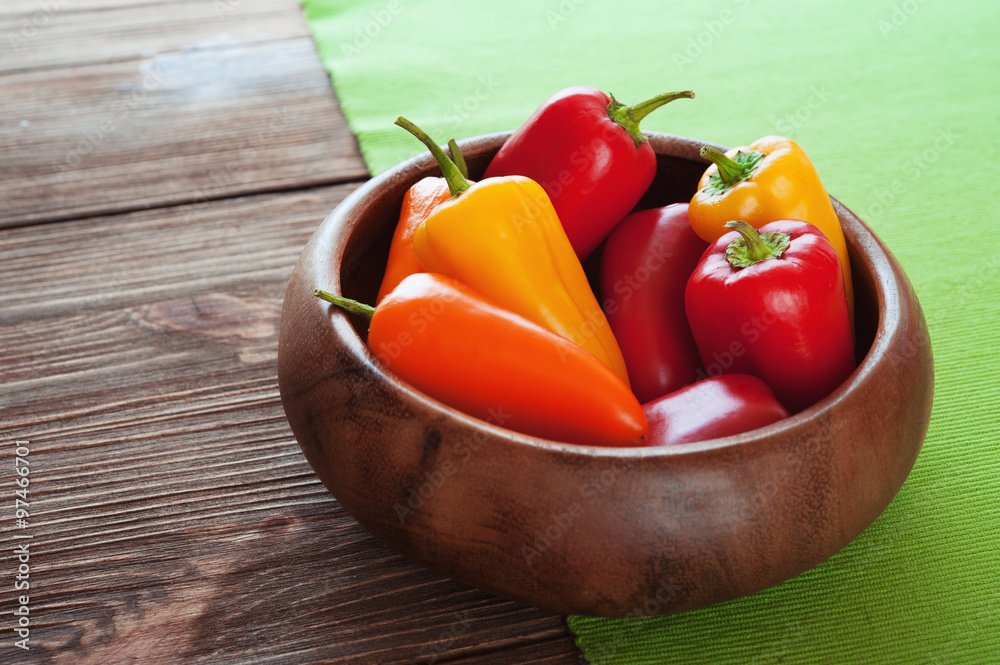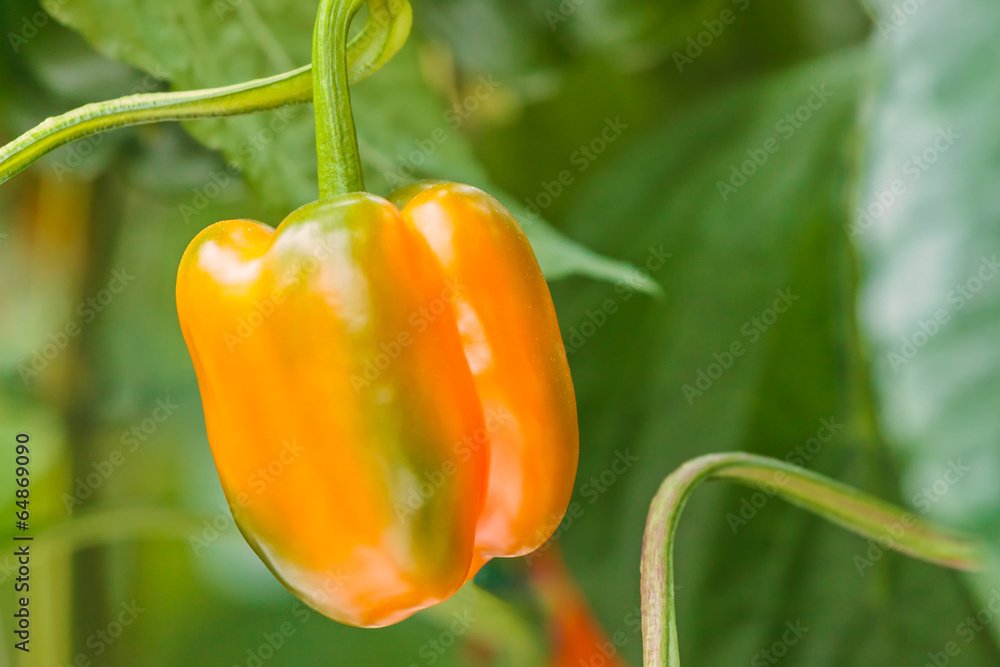Tomatoes & Peppers: Growing Tips & Recipes
The burst of sweetness from a plump tomato at its peak ripeness. The intense kick from a spicy pepper. They dance and balance out one another. And there you have it: a summer party in your mouth.
It's no wonder tomatoes and peppers make the ideal garden duo. They grow well together, and they complement each other in flavor.
Here are some tips to get you growing and enjoying garden-fresh tomatoes and peppers all season long:
1. Choose the right varieties
How many people do you have in your household? The number of people in your family can help you determine how many tomato and pepper plants to grow.
For cherry tomatoes: Up to 4 plants per person. One plant yields around 300 tomatoes.
Here are our team’s favorite cherry tomato varieties:
Sugary Cherry
Sweet like candy with high yields, Sugary Cherry tomatoes are a delight to pop into your mouth. You can recognize them by their oval shape, reddish-pink skin, and pointed ends.
Sungold
With their glowing golden skin and luminous clusters, Sungold tomatoes are something to behold in your garden. Their intensely sweet flavor makes them great for snacking and a hit with kids.
Juliet
The Juliet tomato AKA “Mini Roma” is a grape tomato variety that’s sweet and easy to love. Hearty and resistant to many diseases, the Juliet is very forgiving with beginner gardeners.
For cooking tomatoes: Up to 6 plants per person. One plant yields around 8 to pounds of fruit.
Here are our staff picks:
Sungold
Thanks to their sweet flavor, Sungold tomatoes are great for roasting.
Roma and San Marzano Tomatoes
Slender and firm, Roma and San Marzano tomatoes have low seed count and acidity. These characteristics make them exquisite for sauces and pastes.
Celebrity
Celebrity is your Jack-of-all-trades tomato. You can use it for canning, cooking, slicing, or juicing.
For slicing tomatoes: Up to 4 plants per person. One plant yields around 8 to 10 pounds of fruit.
Our team raves about these varieties:
Cherokee Purple
Not only is the dramatic dusky-rose skin with that velvety red interior gorgeous, but the Cherokee Purple heirloom tomato is also juicy, sweet, and delicious to boot.
Costoluto Genovese
You can lean on those pleated shoulders of Costoluto Genovese for major tenderness (and juiciness)! When sliced, the tomato resembles a beautiful flower, creating an eye-catching presentation on top of a salad.
Champion
Meaty, versatile, and practically seed-free, the Champion is your all-around champ. Enjoy it fresh, cooked, or canned, it doesn’t disappoint.
Better Boy
That smooth skin, that height, that resilience — it’s no wonder Better Boy is so popular! Its rich tomato flavor is superb for slicing, canning, and cooking.
For peppers: Up to 3 plants per person. Space the plants at least 1.5 feet apart.
We sweat—err, swear by these varieties:
Hot peppers
Thai Dragon
Though small (and great for container gardening), the Thai Dragon is mighty! Enjoy it fresh or dried, if you dare.
Manzano
The apple-shaped Manzano packs a fruity citrus flavor with medium-hot heat, making it excellent to add to your salsa.
Serrano
The Serrano pepper is as fiery as it is versatile. If you can handle some heat and sharp flavor you’ll enjoy it raw, pickled, or cooked.
Sweet peppers
Chocolate
The Chocolate bell pepper is as stunning as it is delicious. Sweet like milk chocolate (but not quite chocolate), you can serve it in salads, roast it, or just gaze at it.
Lunchbox
The Lunchbox produces vibrant miniature jewel-like peppers. Plants are compact in size and a winning pick for container gardening. Sweet and bright, they’ll even entice the kids!
Gypsy
What do you get when you cross an Italian bull horn pepper with a bell pepper? The Gypsy. Sweet and delicious at any stage of ripeness, you can fry, roast, or stuff the peppers.
Gourmet
Another jewel-like pepper with its bold orange hue, the Gourmet produces a sweet and satisfying crunch. Perfect for snacking.
2. Let there be light–and water
To ensure you get the tastiest tomatoes and peppers, place them in a spot that receives full sun exposure (6 to 8 hours).
Do bear in mind the risk of sun overexposure. Tomatoes and peppers are susceptible to sunscald when they are exposed to intense sun rays. This will cause yellow and white blotches on the fruit. You can prevent sun scalding by covering the plants with a shade cloth.
Tomato and pepper plants require lots of water. We’re talking up to 5 gallons a week, especially on scorching hot days.
If you're wondering about appropriate watering levels, you can use a moisture meter. The key is to never let the soil dry out between watering sessions.
3. Give them space
For tomato plants: Space the plants at least 3.5 feet apart.
For pepper plants: Space the plants at least 1.5 feet apart.
4. Mulch Much?
Topping the soil with mulch, such as straw or compost, will retain moisture and feed the plants. Mulch will also help smother weeds.
Our top mulch picks:
G&B Organics Harvest Supreme *Promo Alert: Buy 3, get one free on G&B Organics Harvest Supreme throughout April* (available online)
5. Let Them Eat
Tomatoes and peppers are hungry plants! As soon as the plants yield fruit, blend organic nitrogen fertilizer with the soil.
We recommend:
G&B Organics Tomato, Vegetable & Herb Fertilizer 4-6-3 (available in the online shop)
6. Show Your Support
Place cages around your tomato plants during the first few weeks of growth. You can use stakes to support your pepper plants. Supporting your plants will keep the leaves off the soil and prevent diseases.
Tomato and Pepper Recipes
Perhaps the most rewarding part of growing your food is eating it! Here are some recipes that will showcase all the love and hard work you put into your homegrown produce:
Hot pepper recipe
Three-pepper Guacamole by Taste of Home
Crank up the heat and the flavor with 3 different types of peppers for your guacamole.
Sweet pepper recipe
Egg-in-a-Hole Peppers by Eating Well
With vibrant, sweet bell peppers creating the “hole” for your eggs, your brunch just became more cheerful.
Tomato and pepper recipe
Roasted Tomato and Bell Pepper Pasta by Kroll’s Korner
Creamy, delicious, and easy to make, you can whip up this pasta dish in just 30 minutes.




